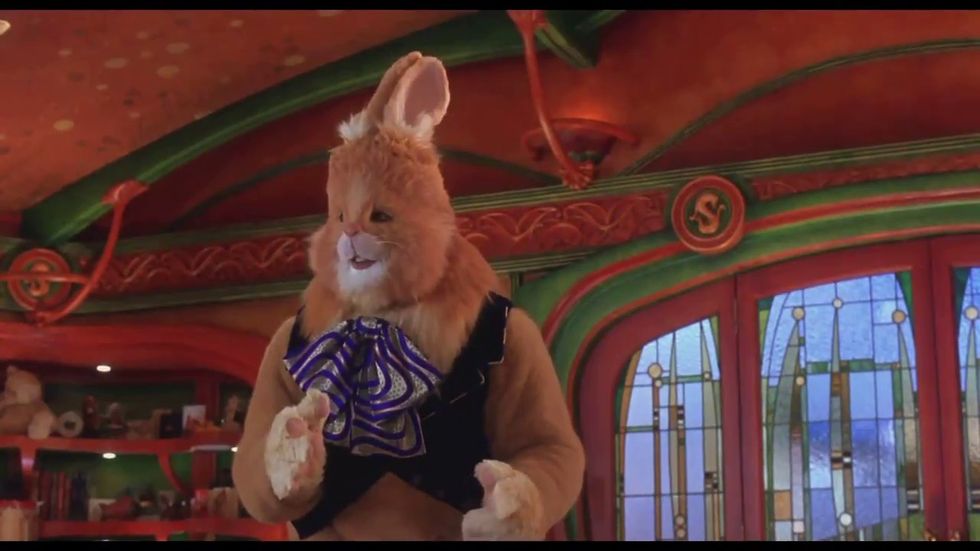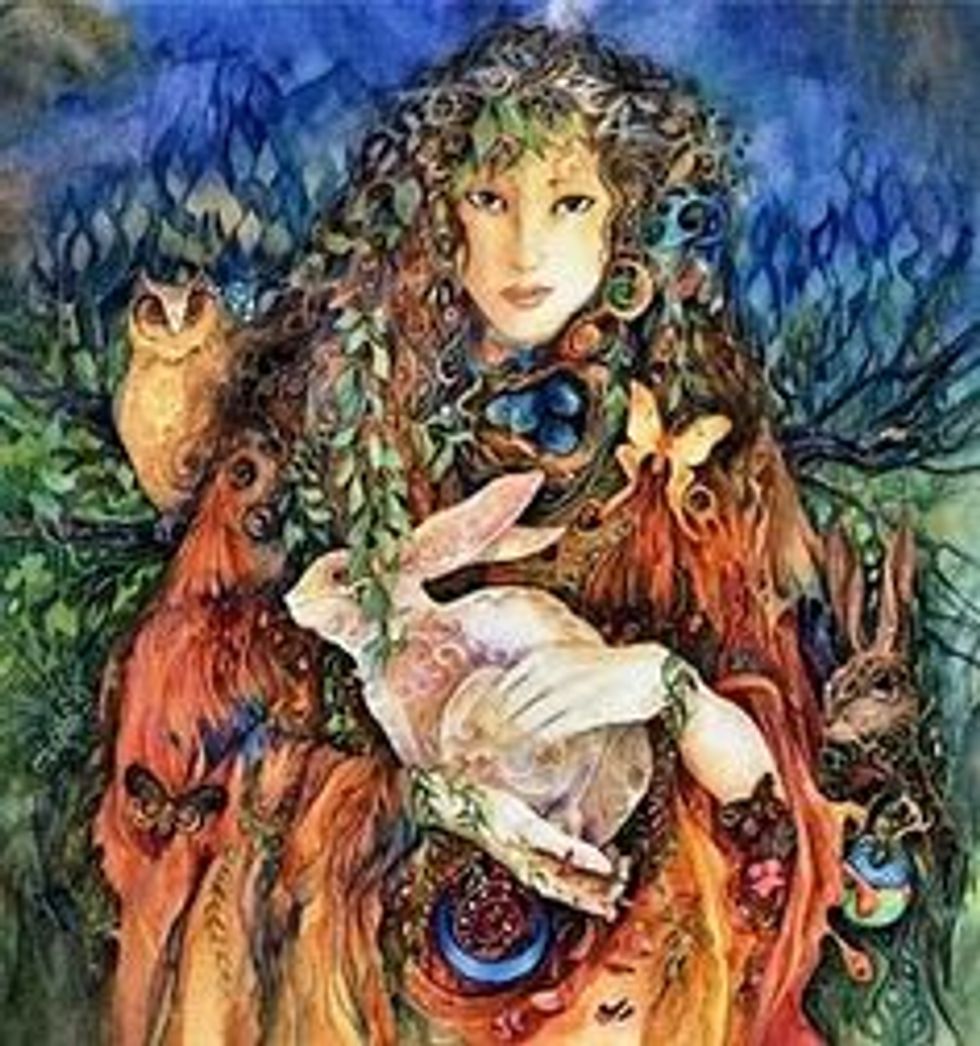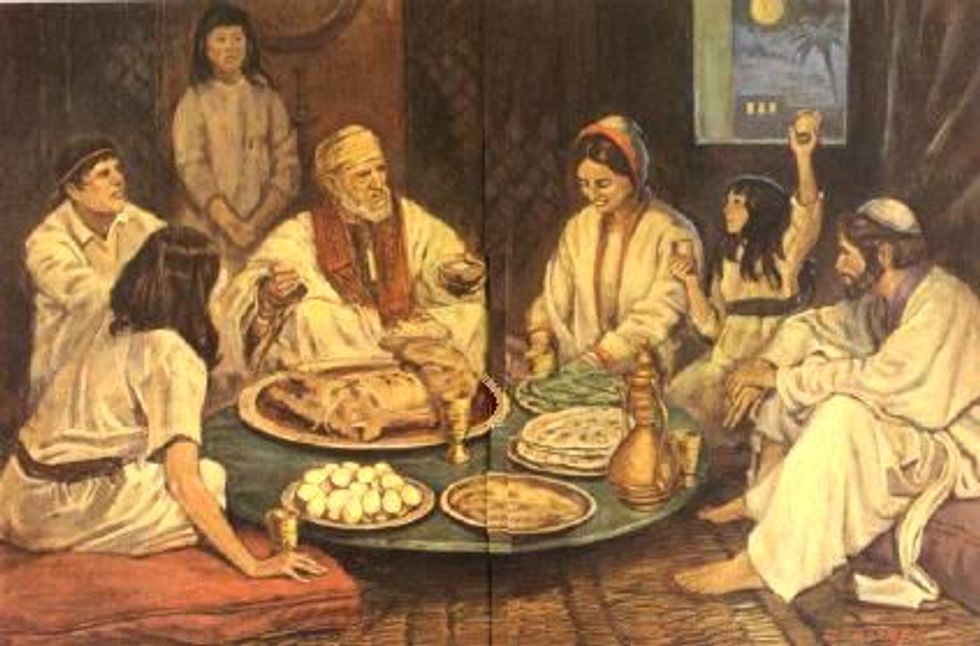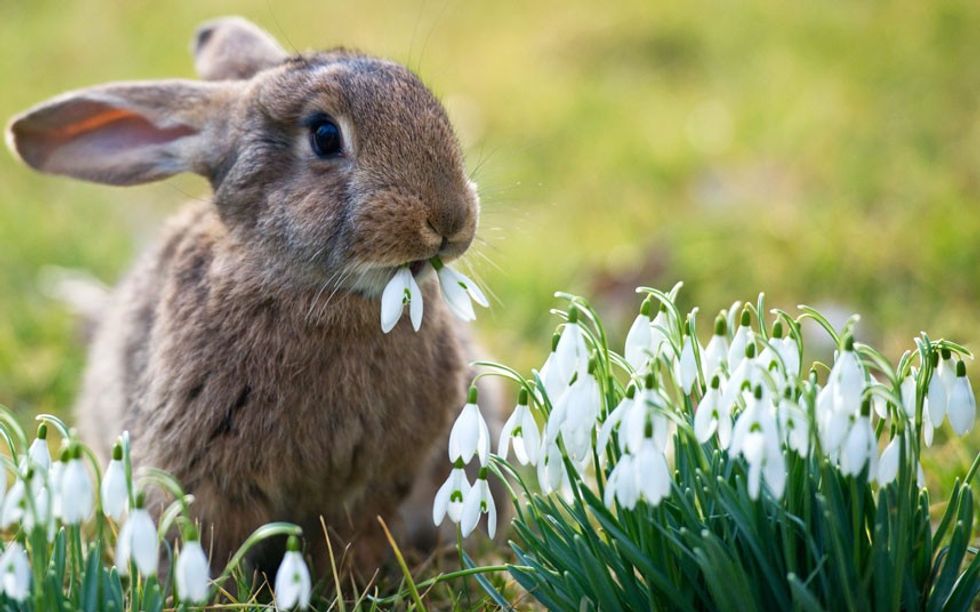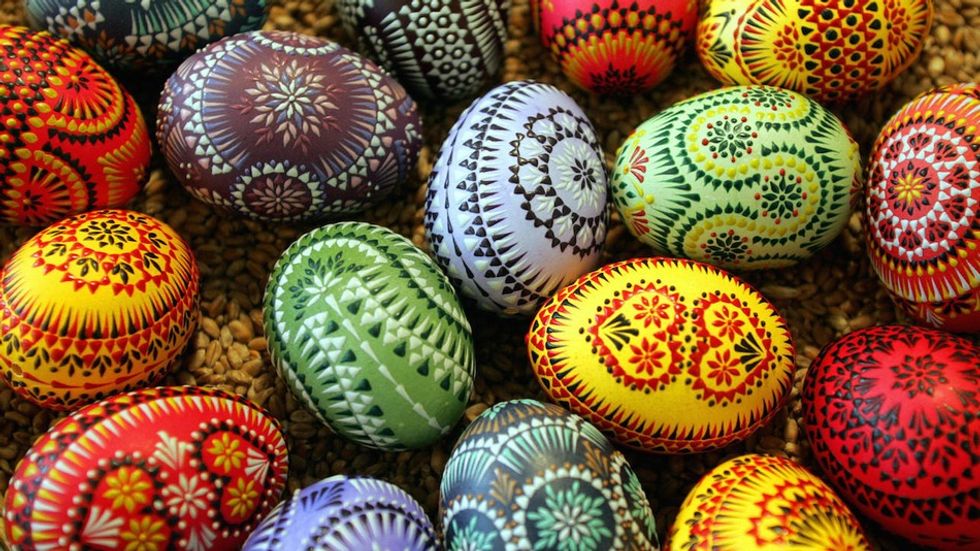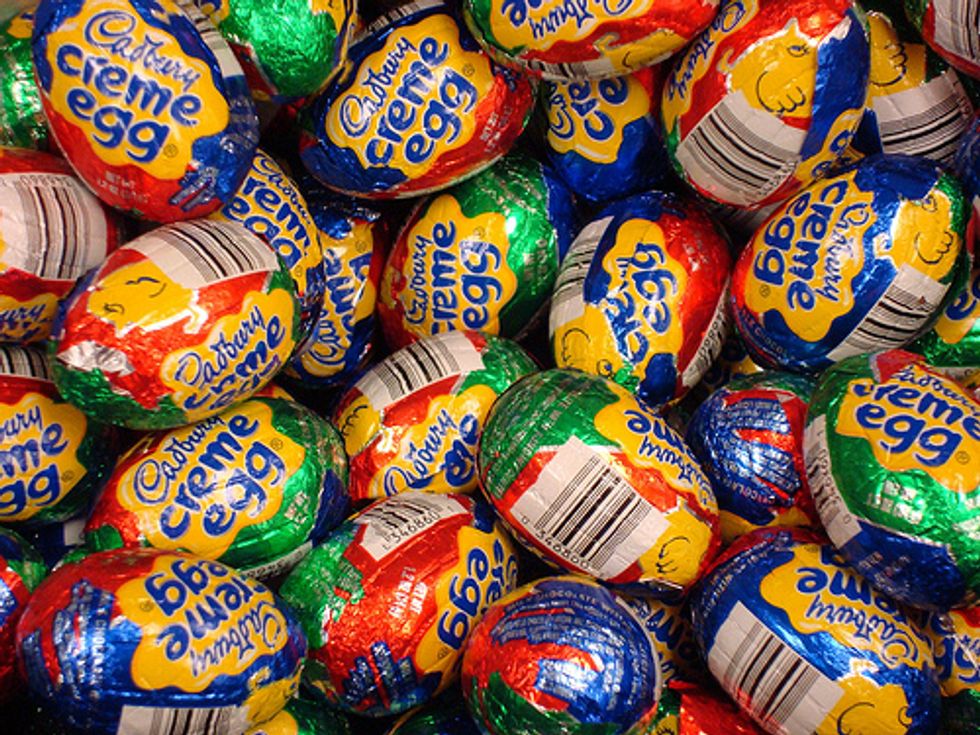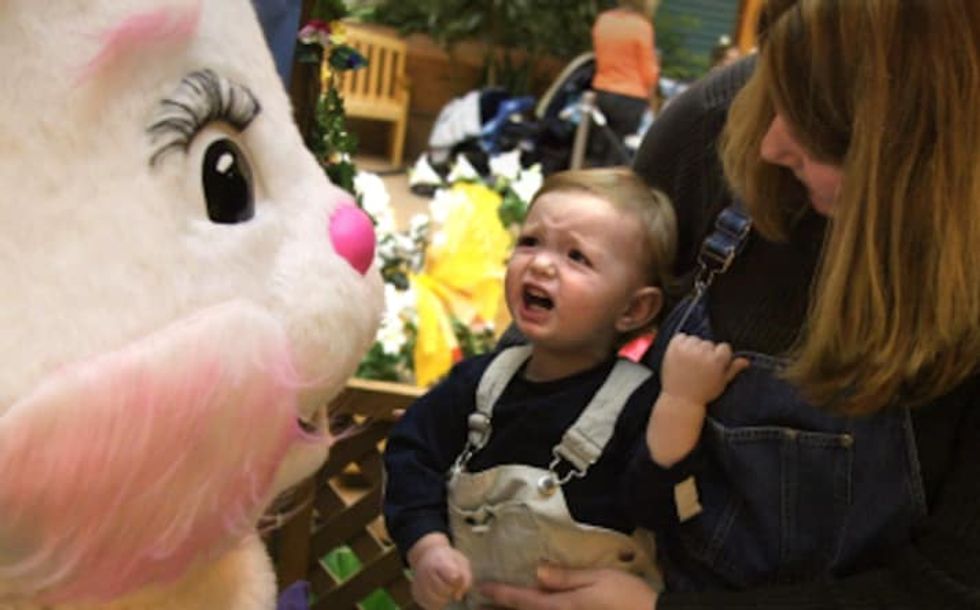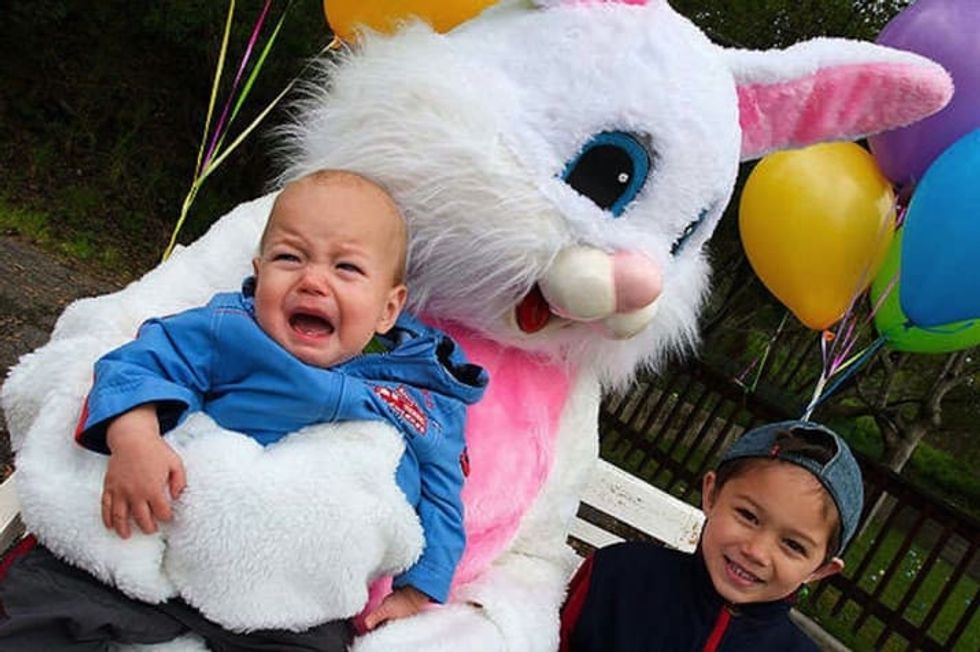Most of us remember being so excited to wake up on Easter and see what is in our baskets, or how many eggs we could find hidden around the house. We would fight over who got what colored Peeps and whether the ears of the chocolate bunny should be eaten first or last. It was always fun to get a new outfit to dress up or just spend the day in pjs spending time with the family. Whatever your traditions were, Easter was special in its own ways. Unlike other childhood enjoyments, such as Santa Clause or the Tooth Fairy, a lot of us do not know the history behind the Easter bunny. So how did this Easter tradition come about?
Before Christianity, Easter was a festival that Pagans celebrated at the beginning of spring. When the church came about, they linked Jesus's resurrection to spring, because spring is seen as the beginning of new life.
In a lot of European countries, Easter is derived from Jewish passover. In Greek, it is called Pascha, while in French it is Paques.
Pagan customs that were associated with spring were eventually adopted in the Christianity religion as signs of Jesus' resurrection. In the Middle Ages, people would take eggs and decorate them then eat them after mass on Easter Sunday. Rabbits and bunnies were seen as symbols of fertility, another sign of new beginnings.
It wasn't until 1722 when a German professor named Georg Franck von Franckenau wrote and published a book titled "Easter Hare." According to this book, folklore says that hares would hide colored eggs for children to search for.
In the 19th century, rabbits and bunnies became a symbol for the Easter holiday. The greeting card industry was becoming popular, and they used Easter to their advantage. Germany was the first country to create chocolate bunnies for people to consume during the holiday. Eventually, Cadbury began making chocolate eggs, which are popular all over the world today.
People all over the world have different traditions during the Easter season. In Bermuda it is common for people to grow Easter lillies, and fly kites to symbolize Christ's ascent. Easter buns are popular to eat in Jamaica. In Slovakia, they practice a tradition of "spanking" women on Easter Monday. Legend has it that if a woman is spanked, she will have good health, beauty, and fertility in the new year.
The history of Easter traditions is an interesting topic, but lets be honest, the pictures people post of their children meeting the Easter bunny are even better.
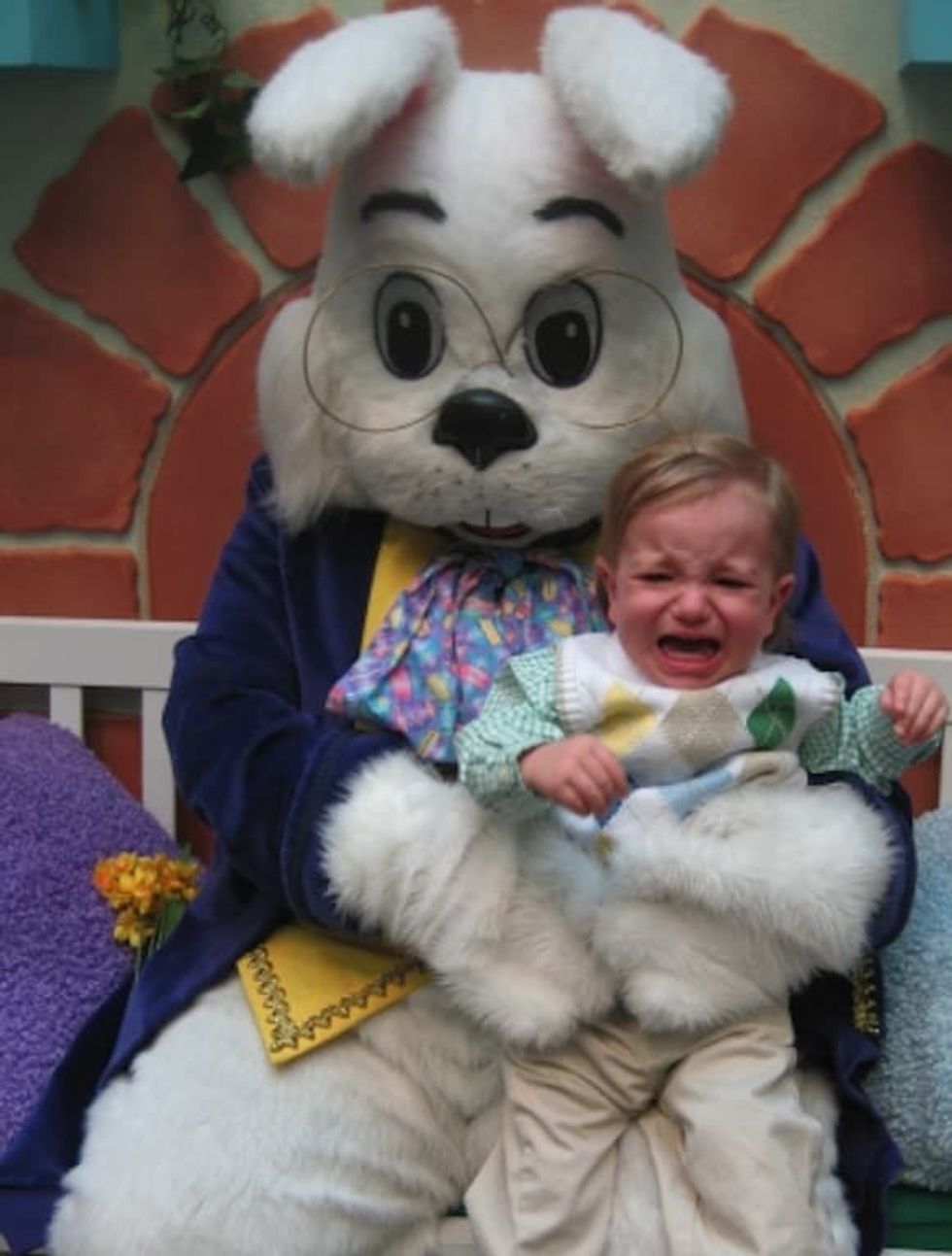
What Easter traditions do you celebrate?

